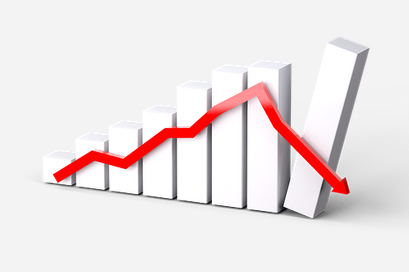Investors shouldn't get too excited about stocks' post-correction bounce

Don't call it a comeback ... yet.
The stock market saw quite a rally on Friday, as the decline in bond yields seemed to spark a rise in equities, but another catalyst could have been at play: thin trading.
Consider this. Friday's bounce came amid excellent breadth across the market - the number of stocks trading in the green far outweighed stocks trading in the red - and all S&P sectors finished positive on the session. In fact, even the session's two laggards, industrials and telecom stocks, rallied nearly 1 percent.
Still, the volume was the lowest of the year, at just around 2.8 billion shares traded, and the breadth on the broader NYSE composite index was a mere 5-to-1 positive-to-negative ratio.
While the week ended on a strong note, we're not out of the woods just yet. The next few weeks for the stock market should be quite pivotal when it comes to whether this bounce can continue.
A vanilla recovery
As strong as the two-week bounce has proved, the vast majority of it came in the first week. It's also important to remember that whenever the stock market sees a sharp correction (a proper one, of 10 percent or more), it's basically always followed by a sharp bounce that retraces a half to a third of the sell-off over the following two weeks or so.
In other words, this bounce has been nothing more than what we typically see on the heels of a miniature "crash."
Sure, this analysis doesn't mean the recent bounce will fail miserably. There are plenty of past examples when the market continued rallying after its initial bounce. But there are also many times to point to in which those 50- to 75-percent retracements were followed by serious declines, as they did in 2000 and 2007.
What comes next
All in all, the action over the past two weeks actually tells us very little about what will happen next. The movement in the next two weeks should be much more significant.
On the bullish side, there are very few signs that the economic and earnings growth we saw last year are set to stall out. On the bearish side, interest rates remain near their highs for this move, and we are seeing certain key indices lag, such as transport stocks, housing stocks, European stock indices and more.
From CNBC
